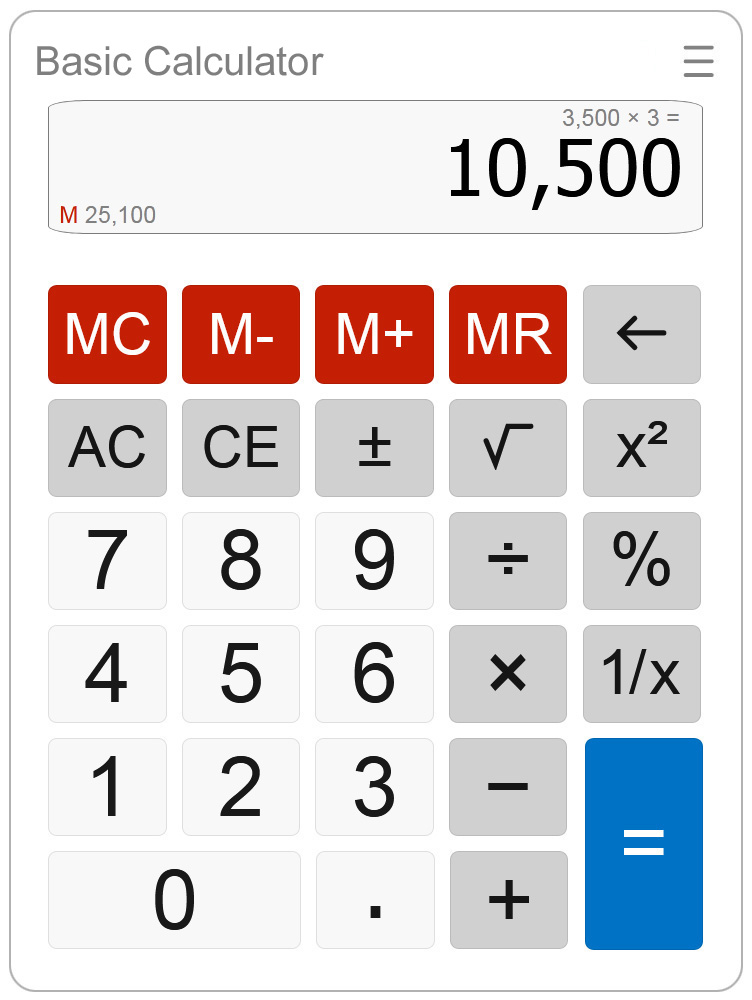Strategies to Help Underperforming Employees
There are many reasons why an employee or a team might be failing to meet expectations, and at times it takes a bit of digging to get at the cause of the issue. Underperformance could be due to a skill gap, unclear assumptions, or a lack of incentive to perform. It very well may be because of obstacles in your company that keep individuals from finishing their tasks or completing their work on schedule. There could be a combination of elements that should be tended to before employees could regularly accomplish their best work.
Thusly, while your performance management process ought to have some consistency to prevent any discrimination, it should also be complex enough to represent many underlying issues. A good performance management strategy viably rectifies subpar performance since it enables employers to diagnose the reason for that performance and prescribe remedies that address it.
How about we take a look at some common examples of performances that aren’t quite living up to their potential. For every one of these examples, we’ll distinguish the basic performance issue, feature a couple of potential reasons why the issue exists, and note how you would address the situation’s performance.
A new employee who isn’t meeting company expectations
Amy has been working with the company for three weeks, yet she misses deadlines and leaves tasks incomplete. These are without a doubt performance issues to address immediately, but how you should address them will depend on why she’s not getting her work done. Here are two possibilities:
Lack of Ability: She doesn’t have the skills you assumed she did. If that happens to be the case, regardless of whether she misrepresented those skills during the interview process or the training didn’t reveal the skill gap—you’re within your rights to terminate her employment. (If termination is the preferred choice, consider how to change your recruiting process to avoid the same situation for the following new hire.) If there was a legitimate misunderstanding about her skillset, yet you’re still receiving some good work from her, at that point, training along with a performance improvement plan might be the better alternative.
Lack of Training: It’s entirely possible that Amy didn’t get the proper training she was meant to receive during the initial weeks. She may not have been shown the best way to do the job or given adequate time to learn. On the other hand, your expectations might not have been communicated clearly. In both these cases, in addition to training or communicating expectations to Amy, it would be wise to review your orientation and onboarding practices to guarantee that all new employees get the resources they require to succeed in their roles.
A good performer in a slump
Amadi used to be one of your best performers—the kind of employee you could rely on to surpass his goals and encourage dedication and hard work from his colleagues. Over the past six months, however, Amadi’s performance has been on the decline. He’s been showing up late, missing meetings, requesting additional days off, and failing to complete all his tasks on time. The quality of his work has suffered as well, and other employees have taken notice.
What’s going on? The job duties haven’t changed at all, and Amadi has the skills and abilities to do the work well. So, either something prevents him from performing as he once did, or he’s choosing to perform poorly. Either way, you need to address his performance, but how he responds to your feedback should affect how you proceed.
It could be that some personal issue is affecting Amadi’s ability to perform, and if so, he may have certain rights under state and federal law. An illness in the family, for instance, could entitle him to protected leave, depending on the circumstances. A disability might allow him to reasonable accommodation. Keep these rights in mind when you’re working with him to improve his performance.
Another possibility is that Amadi is bored. He’s been doing the same thing for a few years now, and his heart just isn’t in it anymore. Suppose there are no career development opportunities at your organization that would suit him and encourage him to excel. In that case, it may be time for him to work elsewhere, and he’d likely be happier for it. In any case, you can make it clear to Amadi that his performance has not been satisfactory and that he needs to improve it if he wants to stay employed.
A star performer who could do even better
Beth is one of your best employees, and you’ve never had cause to complain about her performance. Nonetheless, you can’t shake the feeling that Beth could do better than what she’s doing. She’s excellent relative to most of your team, but she seems to be underperforming close to what you believe to be her potential.
Obviously, Beth doesn’t need a performance improvement plan, but working with her on her performance could benefit you both. Beth is one of your stars, maybe the best in your organization, but what if she were the best in your industry? Whether they’re professional athletes, actors, or executives, many star performers have a personal coach who pushes them to excel, propels them to ever-loftier goals, and holds them accountable. Having someone take on this role (it could be you, a professional coach, or an expert in the field who is willing to act as a mentor) would give you an even more significant competitive advantage and set Beth up for greater success in her career.
But remember to reward Beth for her improved performance! If Beth were to feel like you’re reaping all the rewards for her now even more fantastic work, she might be inclined to take her developed talents elsewhere.
A lackluster team
Rob, Teddy, and Amara are team managers at your organization. You have no complaints about the team Amara oversees, but Rob’s team’s performance isn’t as consistent, and Teddy’s team hasn’t met their quarterly goals all year. In the latter two cases, the unsatisfactory performances may be due to one or more of the factors mentioned above. Still, there are other possibilities to consider when most (or all) of a team isn’t meeting expectations.
One likely possibility is that Rob and Teddy aren’t managing their teams effectively (perhaps because they haven’t been trained on how to do so). If they’re not setting high-performance expectations and holding their subordinates to those expectations, their teams are unlikely to do their best work. To ascertain whether the issue is a lack of effective management, you’d meet with Rob and Teddy (separately) and ask them what they do when their people aren’t performing well. If all they do is give warnings or gentle reminders, their employees may have come to assume that their boss’s requirements don’t hold much weight. Good managers don’t let their team get away with underperformance. They help their team members improve, and they enforce appropriate consequences—potentially including termination—when individuals don’t improve.
It’s also possible that Rob and Teddy are overworking their team or ineffectively assigning tasks. Perhaps Rob demands that all tasks and projects go through him. That arrangement might be workable if the number of assignments are small, but if workflows are getting stalled because Rob can’t keep up with the amount of work coming his way, he might need to rethink how his team operates. If his team spends a good portion of their workweek waiting for him to make the next assignment, the team will look lackluster even if it’s capable and willing to do much better.
Other factors that can lead to underperformance include low morale, personality conflicts, bad attitudes, high turnover, communication breakdowns, lack of trust, and uncertainty due to change in the organization. In its own way, each of these can obstruct a team’s ability to perform and should be considered when evaluating an underperforming team.
The best practices
When you’re evaluating an individual or team’s poor performance, the key is not to make assumptions about what’s causing it but rather to investigate why the performance is what it is. In many cases, the issue resides wholly or mostly with the employee themselves, and they’ll either need to make improvements or find a better fit elsewhere. However, in other cases, the root cause of poor performance lies outside of the employee’s control, and improving performance may require structural changes, accommodations, or new challenges.
In any event, you should begin by informing your underperforming employees that their work isn’t meeting expectations and then ask them to explain why they’re struggling to perform. Their answers should help you ascertain the underlying issue and what you may need to do to address it. And as always, document what you’ve discovered and how problems are being addressed. If you ultimately decide to terminate, reliable documentation will be your best friend.





